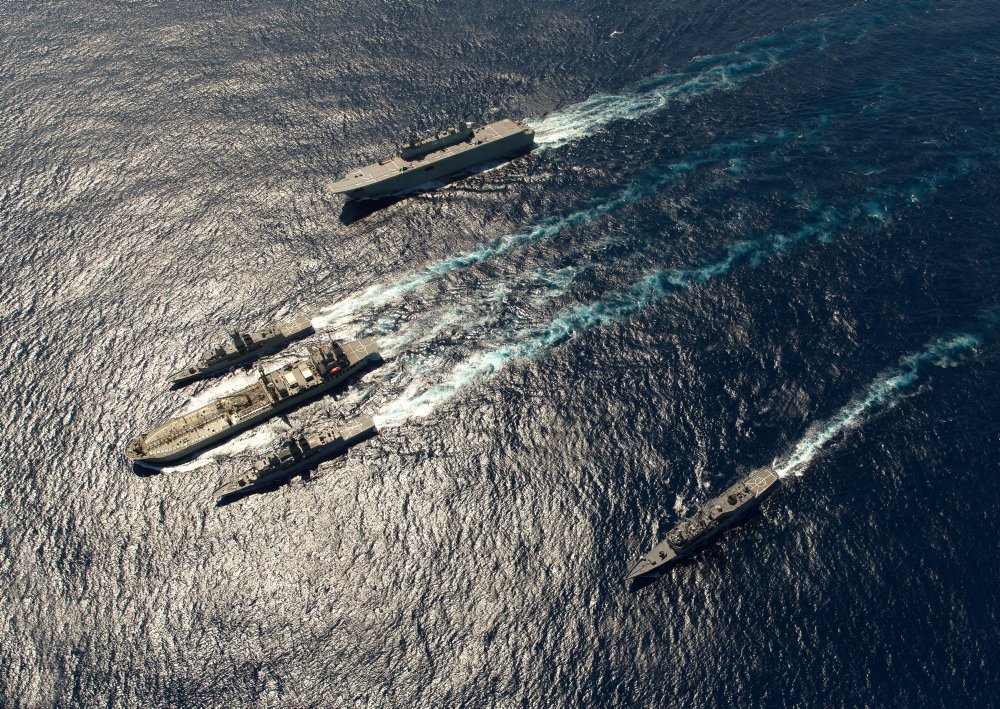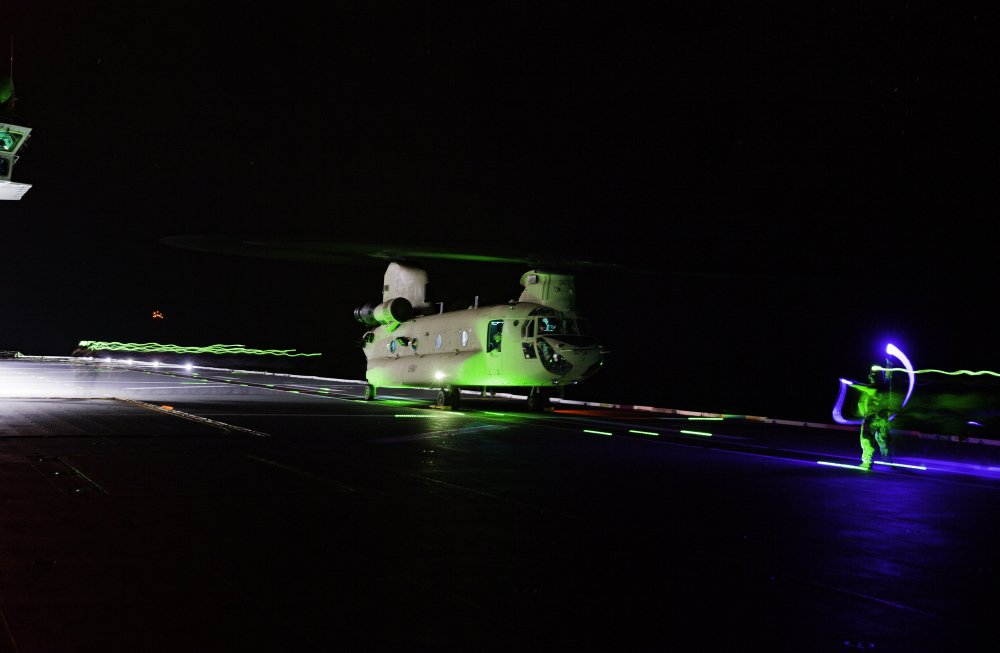Jura The idiot
General
noticed (dated December 15, 2017)
China has warned Australia to keep out of the South China Sea dispute
China has warned Australia to keep out of the South China Sea dispute
CHINA’S naval chief has told his Australian counterpart that his country’s actions on the South China Sea run counter to the ‘general trend of peace and stability’ in the disputed waterway.
This is despite Beijing last year having been judged in contravention of international law over its assertive moves to build artificial islands well within waters claimed by neighbours including the Philippines, Taiwan, Malaysia and Vietnam.
Australia, a close ally of the United States, has repeatedly expressed concern over the disputed South China Sea, where China continues to expand and arm its outposts.
Australia has previously drawn criticism from China for running surveillance flights over the South China Sea and supporting US freedom of navigation exercises there.
However, Australia has not conducted a unilateral freedom of navigation voyage of its own.
China claims most of the South China Sea, a strategic waterway where $A4.2 trillion worth of goods passes every year. Vietnam, the Philippines, Malaysia, Taiwan and Brunei all have overlapping claims.
‘STEADY AND GOOD’
Meeting in Beijing, China’s navy commander Shen Jinlong told Australian Vice Admiral Tim Barrett that at present the situation in the South China Sea was “steady and good”, China’s Defence Ministry said in a statement late yesterday.
“But in the last year the Australian military’s series of actions in the South China Sea have run counter to the general trend of peace and stability,” the ministry cited Shen as saying, without pointing to any specific examples.
“This does not accord with the consensus reached by the leaders of the two countries nor the atmosphere of the forward steps in co-operation in all areas between the two countries,” Shen added.
“This also is not beneficial to the overall picture of regional peace and stability.”
Over the past week or so China and Australia have also traded barbs over Canberra’s allegation that Beijing had sought to interfere in Australian politics, with China summoning Australia’s ambassador to complain last week.
China has continued to install high-frequency radar and other facilities that can be used for military purposes on its man-made islands in the South China Sea, a US think tank said on Thursday.
In August, Australia, Japan and the United States urged Southeast Asia and China to ensure that a South China Sea code of conduct they have committed to draw up will be legally binding and said they strongly opposed “coercive unilateral actions”.
CONSTRUCTION CONTINUES
While the diplomatic stoush over China’s construction of artificial islands, airfields and military bases in theSouth China Sea has quietened in the past year, Beijing’s building activity has not.
According to , substantial structures have continued to be erected at Fiery Cross, Subi, and Mischief Reefs in the Spratlys, and North, Tree, and Triton Islands in the Paracels.
While dredging and land reclamation work appears to have paused, work continues on turning the artificial islands into heavily defended naval and air bases.
“These include buildings ranging from underground storage areas and administrative buildings to large radar and sensor arrays,” the report reads.
FIERY CROSS REEF: Large hangars have been completed alongside its airstrip, and work continues on large underground structures likely designed to house ammunition and fuel. There is also a large new sensor tower, a high-frequency radar array and various communications facilities scattered about the island. Hardened shelters have also been completed for missile launchers.
SUBI REEF: Buried ammunition storage facilities have been observed to be completed, along with ongoing construction work on its hangars, missile shelters and radar infrastructure. Among its more unusual features is two ‘elephant’s cage’ arrays of towers for signals intelligence.
MISCHIEF REEF: Underground facilities for ammunition have been finished, as have hardened hangars and missile shelters. New radar and communications arrays have been observed.
TREE ISLAND: Dreging and land reclamation work continued until midyear. A helipad has been built, and solar and wind generators added to existing facilities on the island.
NORTH ISLAND: An intense storm washed away a land bridge China was attempting to build between North Island and Middle Island. Work on the project appears to have been abandoned. But a retaining wall has been around surviving reclaimed land housing an administrative building.
TRITON ISLAND: Two new radar domes have been added, along with a scattering of buildings. The waters around this island have seen several incidents involving US and Vietnam.
WOODY ISLAND: Already established as China’s South China Sea Headquarters, Woody Island has not seen any new construction work. It has, however, hosted several deployments of military aircraft.


